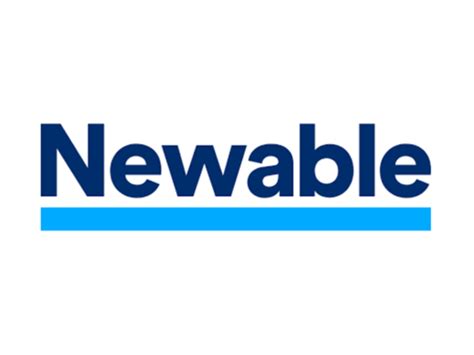Building Framework
Every structure begins with a foundation designed for carbon efficiency
EPD-Rated Materials
Low-carbon materials with verified environmental product declarations
Carbon Offset Generation
Transforming embedded savings into verified tradeable offsets
Turning Embedded Carbon Savings into Verified Gold Standard Offsets
1 tonne of VER = £10, 1 tonne of CER = £20 — verified reductions from EPD-rated materials.

Our Pending Gold Standard Methodology
A comprehensive approach to embedded emissions trading that ensures transparency and verification at every step.
Step 1: Design Phase
Design with EPD-rated materials and calculate VER during project planning.
Step 2: Certification
Certification occurs only at building sign-off with CER issuance.
Step 3: Trading
Offsets traded on compliance and voluntary carbon markets globally.
Project Timeline
Transparent Economics of Embedded Offsets
Clear revenue distribution that incentivizes low-carbon building practices and sustainable development.
Revenue Distribution
Key Insight
25% cost on retirement of offsets via sale — majority flows back to those who build low-carbon.
Scaling Embedded Emissions Trading
Unlock significant value from carbon reductions while driving adoption across the construction industry.
Market Example
100,000 tonnes
of offsets generated equals
£1–2M
verified trading value
VER vs CER Pricing
£10
per tonne
VER
Voluntary Emission Reduction
£20
per tonne
CER
Certified Emission Reduction
Target Adoption
Why Clean Wave Leads
Pioneering the future of embedded emissions trading with proven expertise and industry-leading partnerships.
First Mover Advantage
Leading the industry in embedded emissions trading with innovative solutions and proven methodologies.
Gold Standard Methodology
Pending Gold Standard methodology ensures the highest level of credibility and market acceptance.
ISO 14065 Accreditation
Clear timeline for ISO 14065 accreditation providing regulatory compliance and market confidence.
Registry Integrations
Seamless integrations with major carbon registries plus comprehensive third-party audit processes.
Transparent Economics
Clear unit economics and transparent revenue sharing that benefits all stakeholders in the value chain.
Industry Partnerships
Strategic partnerships with leading manufacturers, developers, and verification bodies worldwide.
Trusted by Industry Leaders

Gold Standard

Innovate UK

Newable

Global Water Partnership

SeedLegals
Partner with Clean Wave Org
Join the revolution in embedded emissions trading. Whether you're a manufacturer, developer, or investor, we have the right partnership for you.
Email Us
info@clean-wave.org
Call Us
+44 7400 130 175
Visit Us
71-75 Shelton Street, Covent Garden, London, United Kingdom, WC2H 9JQ